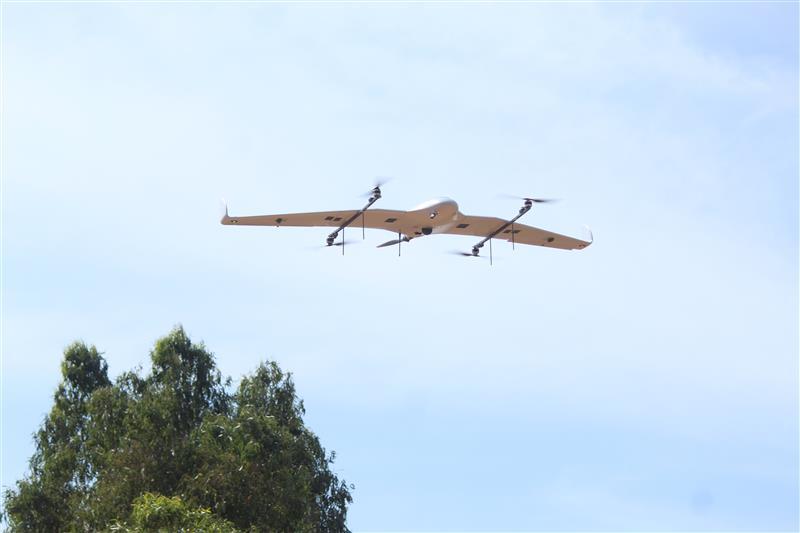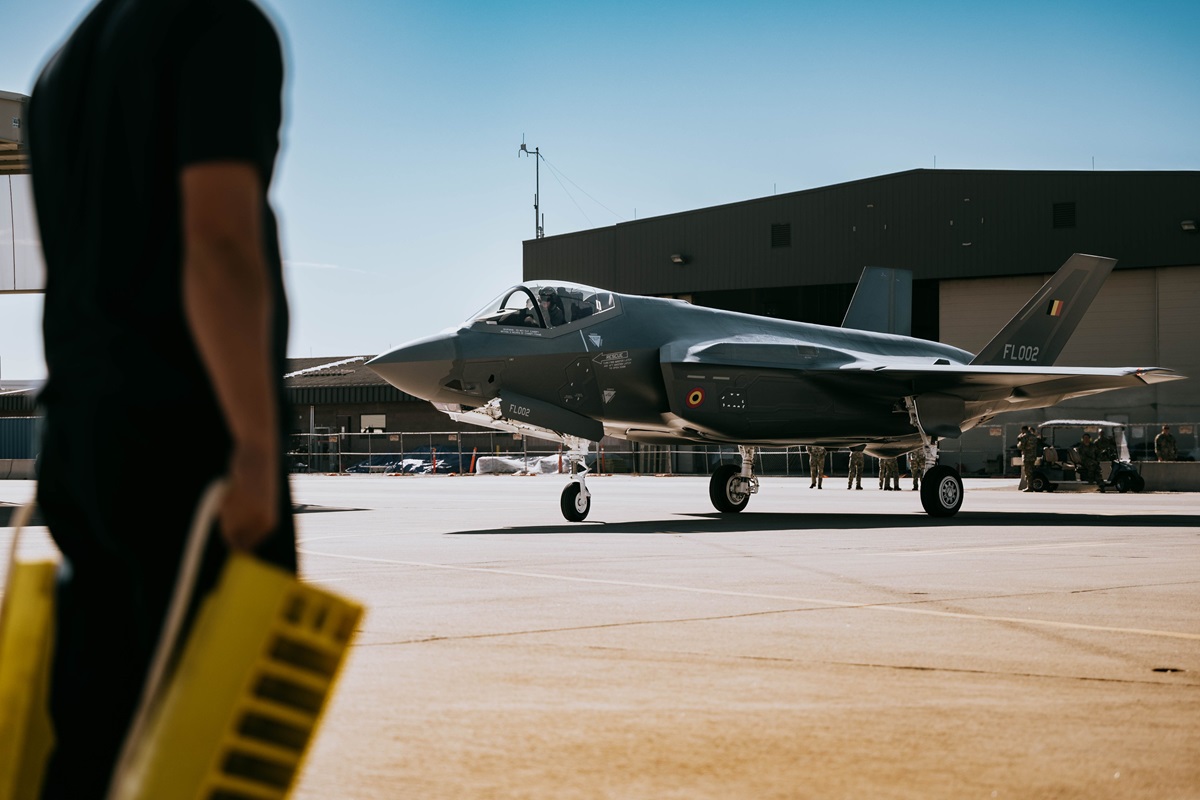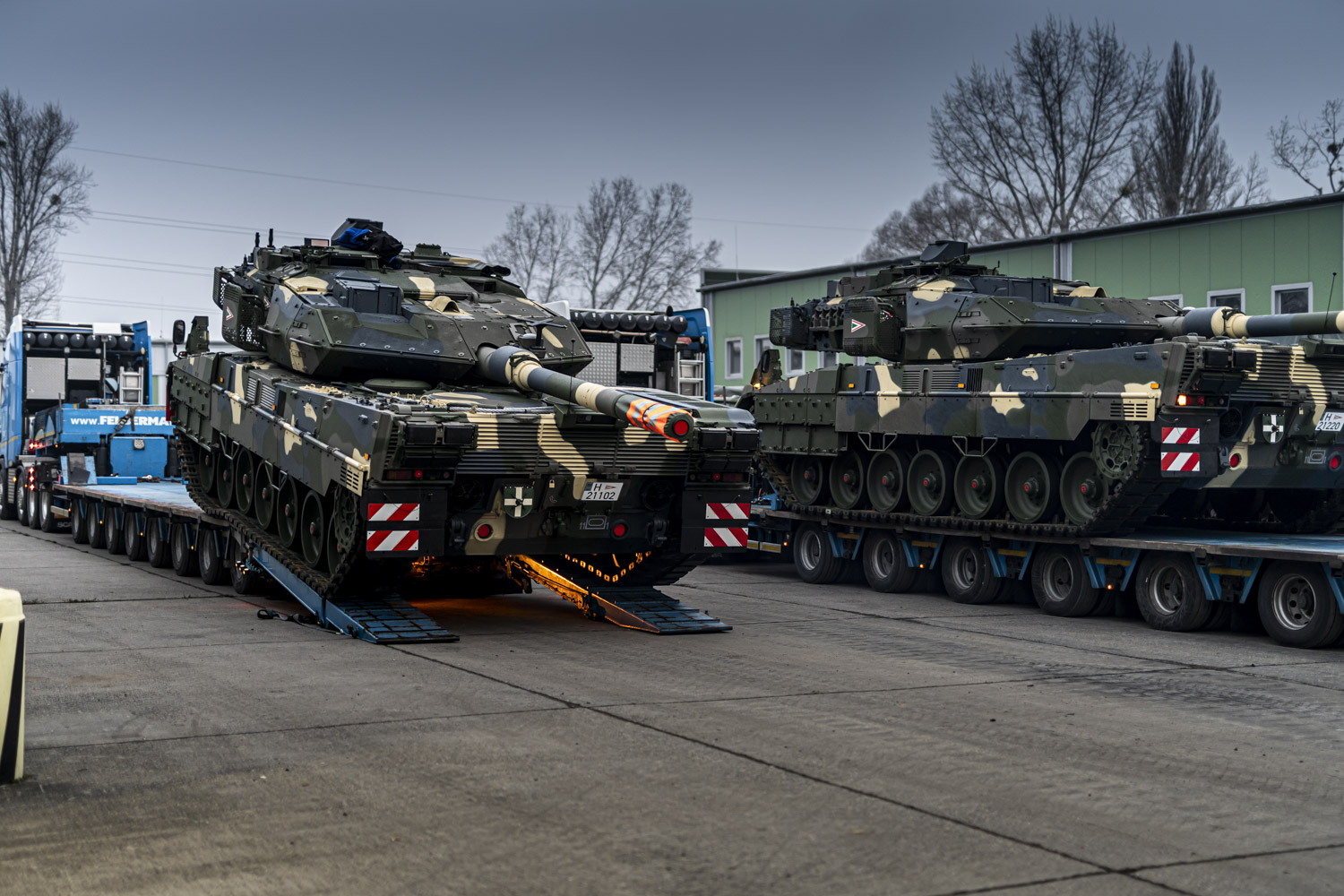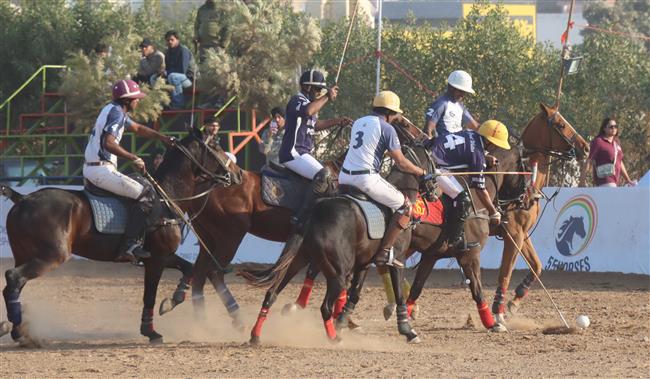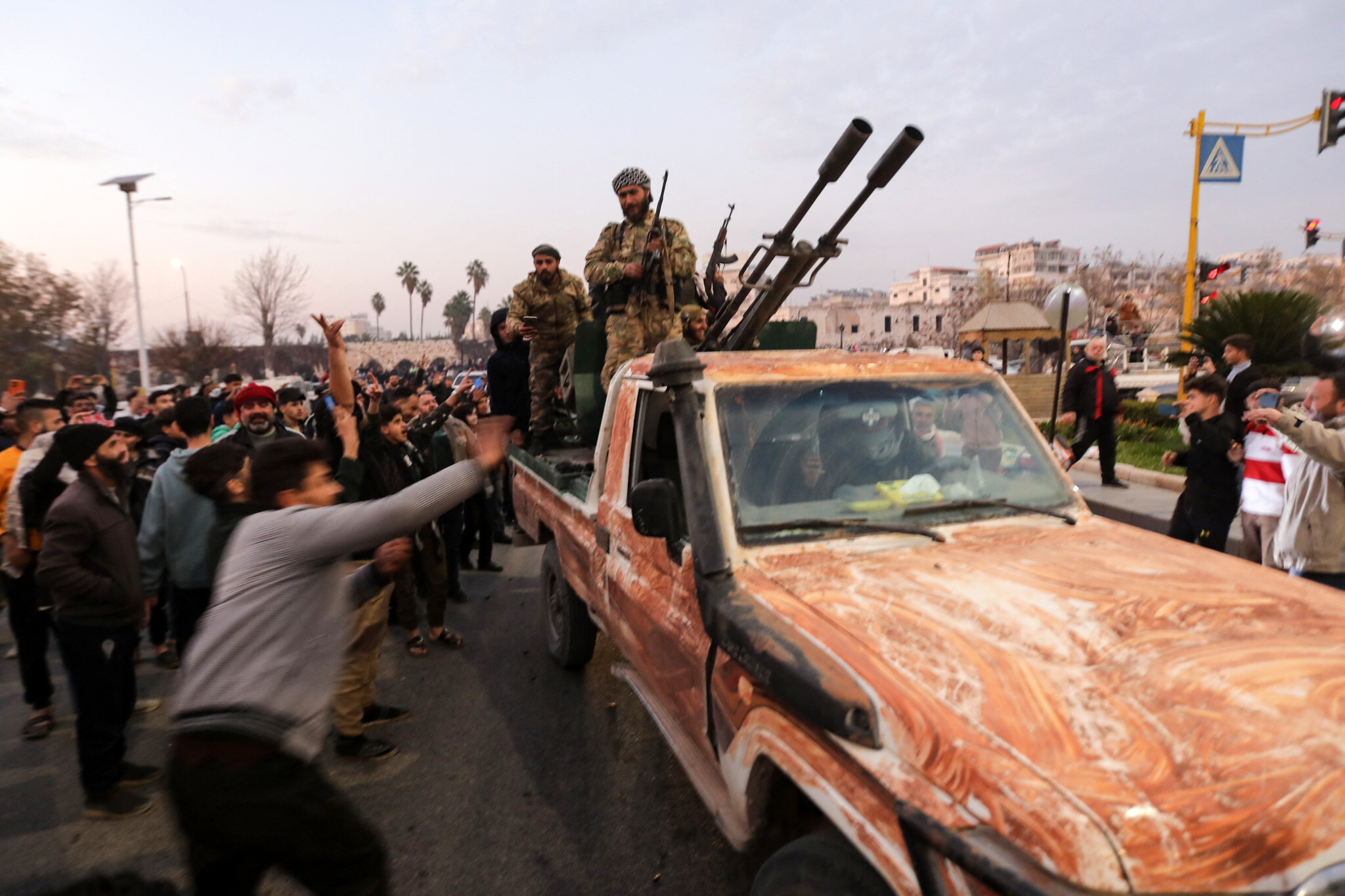Asteria Aerospace Delivers Largest Contract of AT-15 Drones to Indian Army
Asteria Aerospace has successfully delivered its largest-ever contract involving the AT-15 Vertical Takeoff and Landing (VTOL) drones to the Indian…
Belgium’s First F-35 Aircraft Land at Luke AFB for NATO Training
In a significant step toward enhancing its air force capabilities and strengthening interoperability with NATO allies, Belgium has welcomed the…
EU Defense Commissioner Prioritizes Military Aid to Ukraine Amid Threats from Russia
PARIS — The newly appointed European Union Defense Commissioner, Andrius Kubilius, has outlined his priorities for the bloc, focusing on…
Hungarian Defence Forces Bolster Capabilities with New Leopard 2A7HU Tanks
The Hungarian Defence Forces has bolstered its military capabilities with the recent addition of four Leopard 2A7HU tanks, which will…
Indian Navy to Face 61 Cavalry in Maharaja Ranjit Singh National Polo Trophy Final
The prestigious Maharaja Ranjit Singh National Polo Trophy is set to culminate in an exciting final as the Indian Navy…
Islamist Rebels Advance Near Homs, Threatening Assad Stronghold
In a significant escalation of conflict in Syria, Islamist-led rebel forces have made rapid advances towards the city of Homs,…

